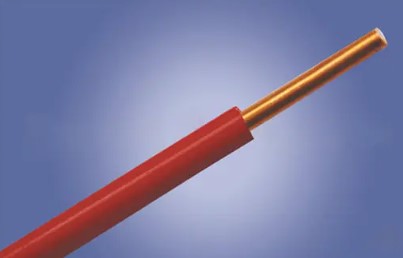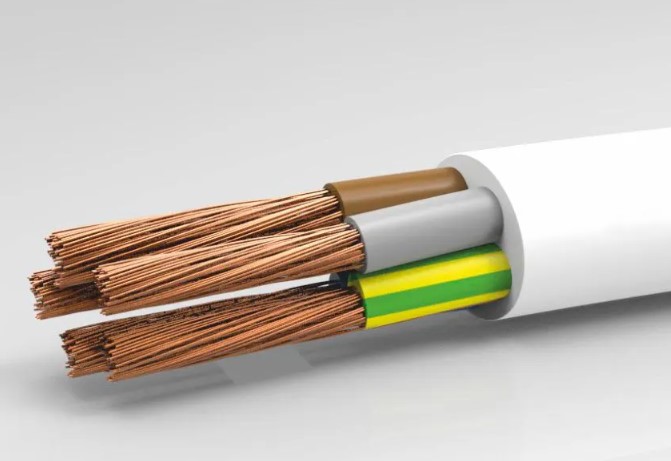Cables include stranded or solid cables. The choice of using stranded or solid cable depends on several factors, such as the type of application and the project environment. Choosing the right type of cable can help make project cabling more logical.

What are stranded cables?
Stranded cables have a conductor made up of several wires twisted together and then wrapped in an outer jacket. Typically, this type of cable can be identified by its specification. For example, a 7 x 12 cable indicates a cable with 7 wires of 12 gauge stranded together.
Stranded wires are very flexible and have a high resistance to metal fatigue. Typically, stranded wire is the product of choice for printed circuit board manufacturers. This is because the use of solid wires in this type of application places greater stress on the circuit during manufacturing. Stranded wires are also widely used for computer mouse cables, welding electrode cables and AC power cables.
What are solid wires?
A solid cable has a single solid copper wire as the conductor. It is used for permanent base links between two wiring centers or between a wiring center and a distribution box. This type of cable has low attenuation and is less expensive. Typically, solid cables are used for horizontal and vertical structured cabling and should not be bent once installed.

Differences between stranded and solid cables
1. Flexibility. Solid cables are less flexible, while stranded cables are more flexible. Solid cables have a tendency to break if repeatedly bent. However, when terminated with stranded wires, the individual conductor wires will break or loosen over time. In contrast, solid wires always retain their original shape. In summary, use solid wires in a stable wiring environment and stranded wires in more curved or confined spaces.
2. Yield. Higher (thinner) gauge numbers have higher losses than lower (thicker) gauge numbers. Thus, stranded cables have 20% to 50% more attenuation than solid copper cables (solid copper cables). In addition, stranded cables also have higher DC resistance than solid cables due to the presence of air in the conductors. Overall, solid core cables are better current conductors and provide excellent and stable electrical characteristics..
Although the more strands of stranded wire in a wire, the better the flexibility, the number of strands affects the price – the more strands that make up a cable, the more it costs. To keep costs down, Category 6 and Category 6A stranded cables are designed to have a sufficient number of strands to maintain proper flexibility, but not enough to make a huge price difference. In other words, the added cost of choosing stranded cable (cable trenzado)in environments and applications where solid cable is not appropriate is not enough to risk compromising performance or standards compliance in favor of solid cable. Always use stranded cable in controlled areas of the environment where greater flexibility is needed!
We hope this information can help you. ZMS CABLE offers several reliable and economical cables with technical support for your installation. If you have any questions, please contact us.


